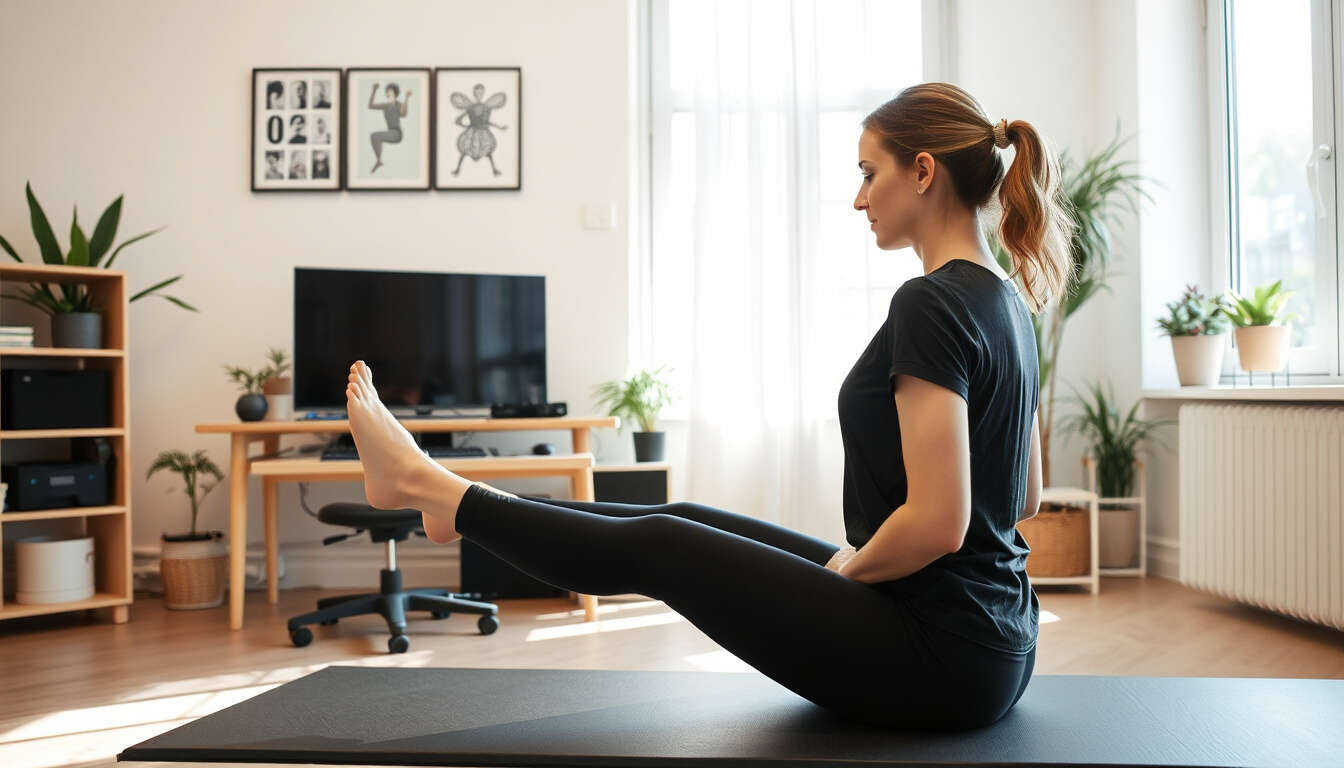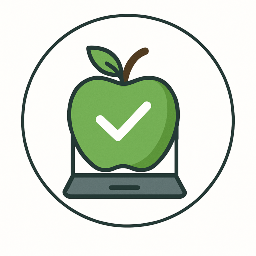The Role of Pilates in Promoting Body Alignment for Healthy Developers
 by Verner Mayer
by Verner Mayer
Maintaining proper body alignment is essential for developers to prevent physical strain and support mental well-being. Pilates offers effective techniques to strengthen core muscles, improve posture, and enhance overall health, making it a key practice for those in tech roles.

Software developers often spend long hours seated at desks, which can lead to poor posture and related health issues. Incorporating Pilates into a routine addresses these challenges by focusing on body alignment through controlled movements and breathing exercises. This practice strengthens the core, improves flexibility, and supports better spinal health, all vital for a sustainable professional life.
Pilates emphasizes alignment of the spine and pelvis, helping to counteract the effects of prolonged sitting. For instance, exercises like the hundred or leg circles target deep abdominal muscles, promoting stability and reducing the risk of back pain. A developer who regularly practices Pilates might notice reduced tension in the shoulders and neck, areas commonly affected by hunching over keyboards.
From a health perspective, maintaining good posture through Pilates can prevent chronic conditions. Research from the American Council on Exercise indicates that regular core-strengthening activities decrease the likelihood of lower back pain, a common complaint among office workers. By fostering body awareness, Pilates also contributes to better ergonomics at work stations, such as adjusting chair height and monitor position to align with natural body posture.
Beyond physical benefits, Pilates aids in stress management and burnout prevention. The practice involves mindful breathing and precise movements, which can lower cortisol levels and improve focus. Psychological studies, including those from the Journal of Clinical Psychology, suggest that physical activities like Pilates enhance mood and resilience, helping developers handle work pressures more effectively.
Work-life balance improves as well with Pilates, as it encourages regular breaks and physical activity. A real-life example involves a software engineer who integrated 20-minute Pilates sessions into their daily routine. Initially struggling with fatigue from long coding sessions, they found that these exercises refreshed their mind and body, leading to increased productivity and less evening exhaustion.
Nutrition and exercise go hand in hand for overall well-being. While Pilates focuses on body alignment, combining it with balanced meals supports sustained energy levels. Developers should consider nutrient-rich foods that fuel both workouts and cognitive tasks. Additionally, prioritizing sleep hygiene complements Pilates by allowing the body to recover and maintain alignment gains.
The shift to remote work has amplified the need for such practices. Without office environments that promote movement, developers face greater risks of sedentary lifestyles. Pilates provides an accessible solution, requiring minimal equipment and adaptable to home settings. By committing to this routine, individuals can foster a healthier professional life, reducing the psychological impact of isolation and overwork.
In summary, Pilates serves as a foundational tool for developers seeking to enhance their physical and mental health. Through consistent practice, it builds strength, improves alignment, and supports a balanced lifestyle, ultimately leading to a more fulfilling career.
